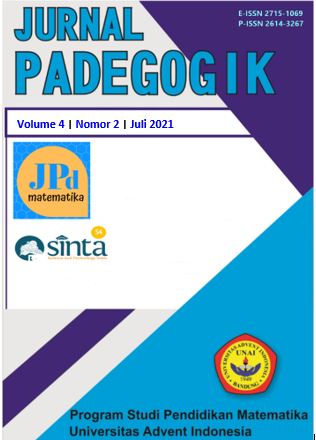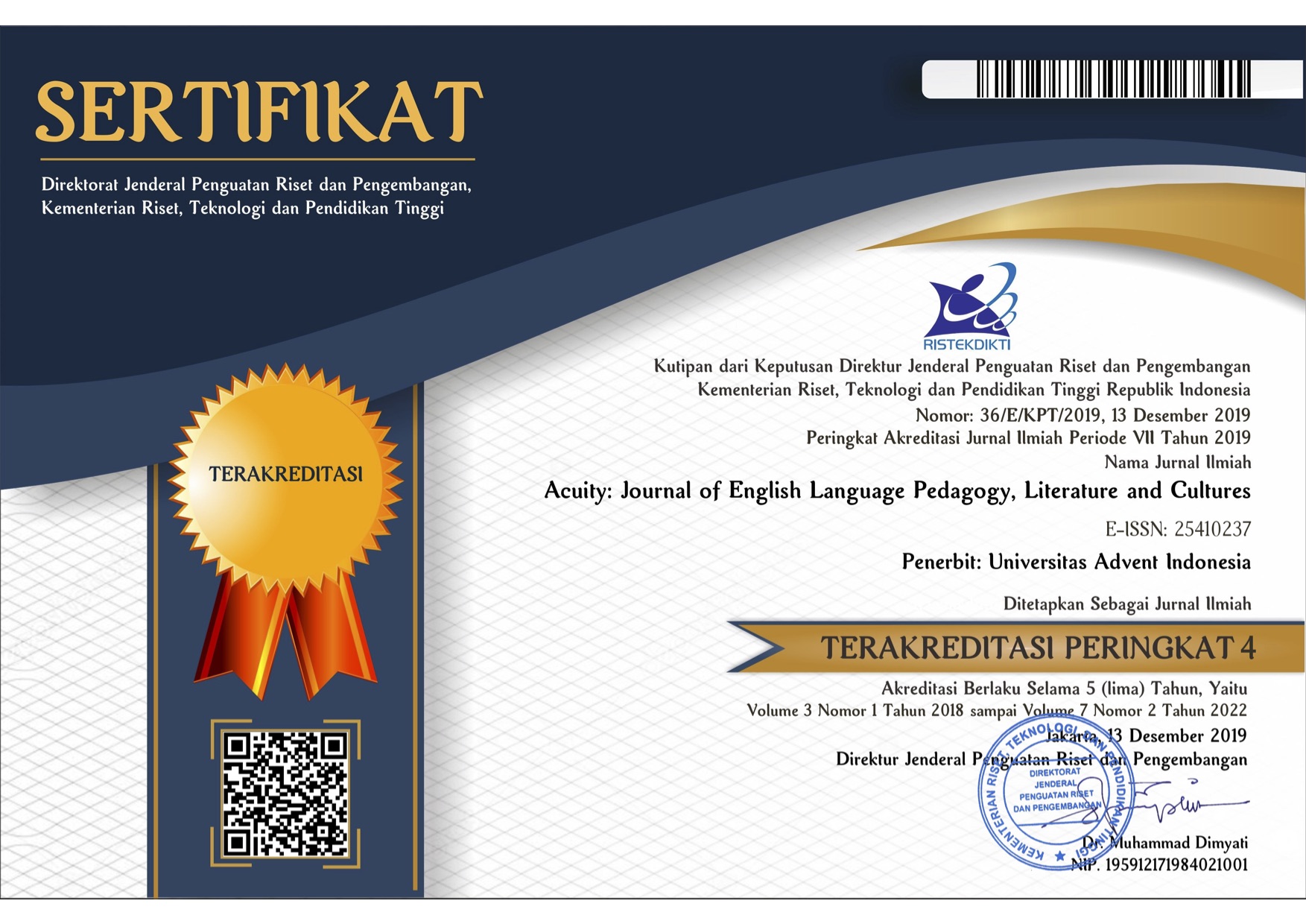Students' Mathematical Problem Solving Ability Using the Kaizala Application Assisted E-Learning Learning Model
Keywords:
Mathematical Problem Solving Ability, Kaizala Application, Covid 19 PandemicAbstract
The study is about the ability to solve a student’s mathematical problem solving before using the software kaizala in math study during the covid-19 pandemic in an effort to enhance the student’s mathematical problem capability. The subject of this research is class XI BDP 2 SMK Negeri 1 Cipanas. The method used on this research is pre-eksperimental design with research design one group pretest-posttest. The instrument used was a test of mathematical problem solving. From this research comes the result of the mathematical problem solving of final students after learning using a Kaizala application is better then the ability to solve the first student’s mathematical problem and obtained the average value of student’s mathematical problem solving ability after using kaizala application is 71,75% which means the student’s mathematical problem solving ability has good criteria.
Downloads
References
Anggriani, A., Septian, A. (2019). Peningkatan Kemampuan Komunikasi Matematis dan Kebiasan Berpikir Siswa Melalui Model Pembelajaran IMPROVE. Indonesia Mathematics Education, 2(4), 105-116.
Annizar, A. M., dkk. (2020). Kemampuan Pemecahan Masalah Matematis Siswa dalam Menyelesaikan Soal PISA pada Topik Geometri. Jurnal Elemen, 6(1), 39-55.
Doorman, M., Drijvers, P., Dekker, T., Heuveul-Panhuizen, M., de Lange, J, & Wijers, M. (2007). Problem solving as a challenge for mathematics educaton in The Netherlands.ZDM Mathematics Education (2007) 39:405-418.DOI 10.1007/s11858-007-0043-2.
Erman Suherman, dkk. (2003). Straregi Pembelajaran Matematika Kontemporer. Bandung. JICA Universitas Pendidikan Indonesia.
Hanifah., dkk. (2019). Pengaruh Model Pembelajaran E-learning Berbantuan Media Pembelajaran Edmodo Terhadap Kemampuan Pemecahan Masalah Matematis Peserta Didik. Numerical : Jurnal Matematika dan Pendidikan Matematika, 3(1).
Hikmah, S. (2020). Pemanfaatan E-learning Madrasah dalam Pelaksanaan Pembelajaran Jarak Jauh Masa Pandemi di MIN 1 Rembang. Edutrained : Jurnal Pendidikan dan Pelatihan, 4(2).
NCTM. 2000. Principles and Standards for School Mathematics. United States of America : The National Council of Teachers of Mathematics, Inc.
Nurhayati & Bernard, M. (2019). Analisis Kesulitan Siswa Dalam Pemecahan Masalah Matematik Kelas X SMK Bina Insan Bangsa Pada Materi Persaman dan Pertidaksamaan. Journal on Education, 1(2), 497-502.
Rahayu, D. V., & Afriansyah, E. A, (2015). Meningkatan kemampuan pemecahan masalah matematik siswa melalui model pembelajaran pelangi matematika. Mosharafa : jurnal pendidikan matematika, 5(1), 29-37.
Salsabila, U. H., dkk. (2020). Pemanfaatan Teknologi Media Pembelajaran di Masa Pandemi Covid-19. Trapsila : Jurnal Pendidikan Dasar, 2(2), 1-13.
Septian, A. (2017). Penerapan Gegogebra Untuk Meningkatkan Kemampuan Pemecahan Masalah Matematis Mahasiswa Program Studi Pendidikan Matematika Universitas Suryakancana. PRISMA, 6(2).
Sumartini, T. S. (2016). Peningkatan Kemampuan Pemecahan Masalah Matematis Siswa melalui Pembelajaran Berbasis Masalah. Jurnal Pendidikan Matematika STKIP Garut, 5(2).
Susanto, W. E., & Astuti, Y. G. A. (2017). Perancangan E-Learning Berbasis Web Pada SMP Negeri 3 Patuk Gunungkidul Yogyakarta. Jurnal Bianglala Informatika, 5(2).

Downloads
Published
How to Cite
Issue
Section
License
Copyright (c) 2021 Jurnal Padegogik

This work is licensed under a Creative Commons Attribution-NonCommercial-ShareAlike 4.0 International License.
The submitting author warrants that
- The submission is original and that she/he is the author of the submission together with the named co-authors; to the extend the submission incorporates text passages, figures, data, or other material from the work of others, the submitting author has obtained any necessary permission.
- Articles in this journal are published under the Creative Commons Share-Alike Attribution Licence (CC-BY-SA What does this mean?). This is to get more legal certainty about what readers can do with published articles, and thus a wider dissemination and archiving, which in turn makes publishing with this journal more valuable for you, the authors.
- By submitting an article the author grants to this journal the non-exclusive right to publish it. The author retains the copyright and the publishing rights for his article without any restrictions.







